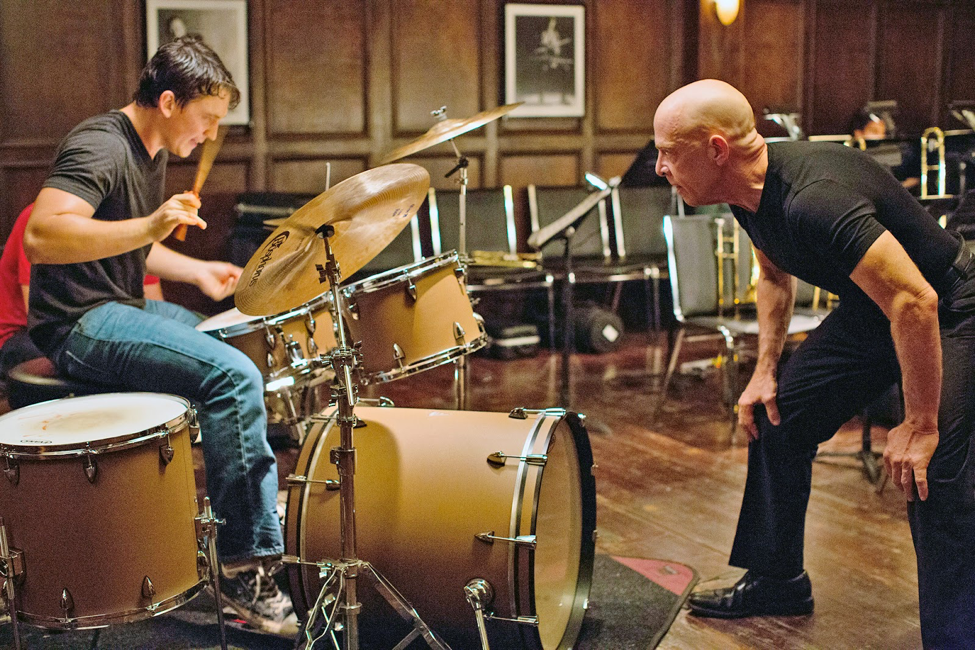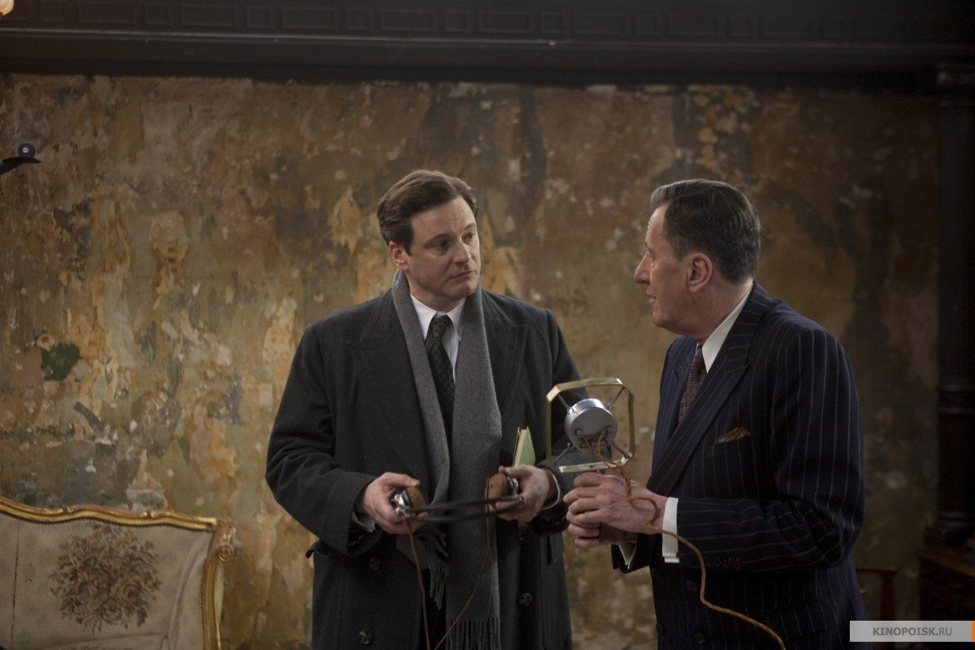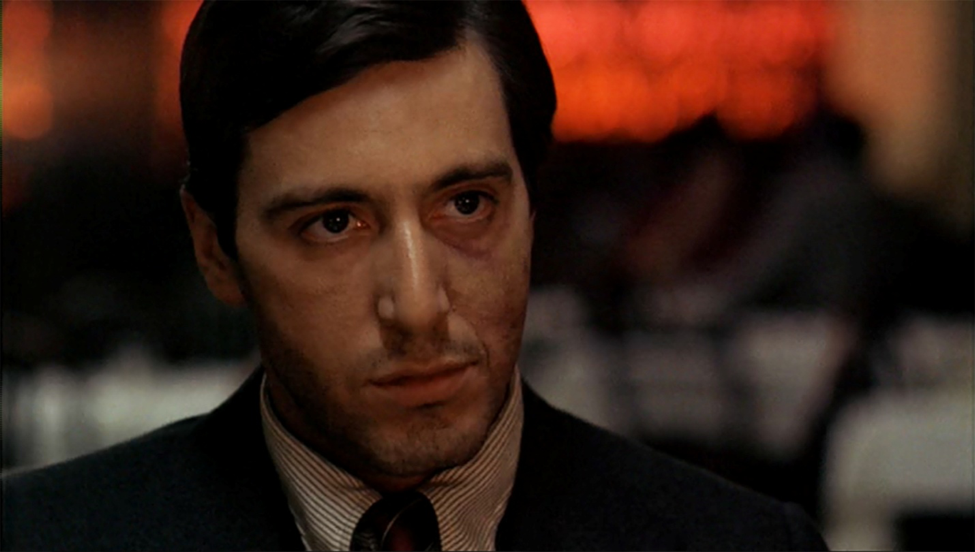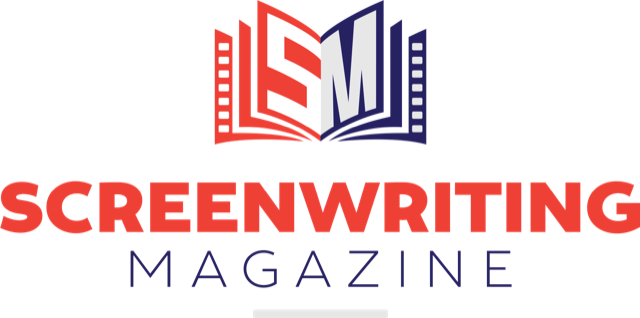Tighten Up And Improve Your Script
We’ve all heard that “good writing is rewriting,” and we all know that first drafts aren’t meant to be perfect — they’re our so-called “vomit” drafts, and their purpose is to get the story OUT. But what happens after that? How do we go from a rough draft to a polished script?
Even experienced writers may be hard pressed to explain exactly how the rewrite process is supposed to work. Most would suggest you open up the document and… fix it. Since rewriting is one of the most important steps in the writing process, let’s spend a little time here to think about what actually needs to happen.

“Lord Of The Rings” (2001) Photo courtesy: New Line Cinema
No 1 – Whose Movie Is It, Anyway?
The first and most important step is to make sure you have chosen the right hero. Even if you’ve written an excellent outline and more-or-less managed to stay on target throughout the script, you might find that, in the end, the character you thought was the hero actually wasn’t. Go back through your draft and make sure that the bulk of the movie — its storylines and its dialogue — belongs to the correct principal character.
Of course, ensemble movies can be tricky, but there is almost always one character that stands out.
Take Lord Of The Rings (2001), for example. Every character gets a back story, but who does the movie truly belong to? Frodo.

“Whiplash” (2014) Photo courtesy: Sony Pictures
No 2 – Amp Up The Stakes
Stakes are the heart of any movie. If the stakes aren’t high enough, the movie goes soft. Stakes need to be life-and-death, but what “death” means to a particular character can vary. Take a movie like Whiplash (2014). Andrew (played by Miles Teller) is willing to risk everything to become a jazz musician.
His idea of death is not succeeding as a drummer. The climax of the movie isn’t violent or bloody, but it sure is riveting. Go back through your script and make sure the stakes for your main characters are high enough.

“The King’s Speech” (2010) Photo courtesy: Weinstein Company
No 3 – Make The Obstacles Bigger And Better
Obstacles are the main fare in any movie. Like stakes, they need to be significant or the movie goes soft. Also, like stakes, the obstacles need not be bloody or violent. You need to find whatever offers the most challenges to your particular character.
In The King’s Speech (2010), the great challenge was giving a speech. That was it: just getting through the whole speech. And yet, the movie won one award after another, because we knew that the obstacle was truly challenging for the character. Go back through your draft and check to see if the obstacles in the movie are great enough to offer your hero a real challenge.

“The Godfather” (1972) Photo courtesy: Paramount
No 4 – Layer Subtext Into Your Dialogue
When you’re writing a draft, it’s easy to fall into the habit of having your characters say exactly what they mean all the time. But the best movies incorporate the human side of conversation, in which we don’t always say exactly what we mean. We offer some shade of what we really meant.
Think about the famed lines from The Godfather (1972): “I’ll make him an offer he can’t refuse.” We all know this is a death threat, but that’s not what’s actually said. The power of the line comes from its terrifying subtext. Go through your dialogue and make sure it’s clear enough for the audience to follow, but not so clear that your dialogue feels on-the-nose.
No 5 – Let It Rest
Famed author Stephen King’s best advice for rewriting is to put it in a drawer and let it rest before you do anything to it. “You’ll find reading your book over after a six-week layoff to be a strange, often exhilarating experience,” he writes. “[The work is] yours, you’ll recognize it as yours, even be able to remember what tune was on the stereo when you wrote certain lines, and yet it will also be like reading the work of someone else, a soul-twin, perhaps. This is the way it should be, the reason you waited. It’s always easier to kill someone else’s darlings than it is to kill your own.”
So, before you do any of the things listed above: let your draft rest. It will be there when you go to look for it again — and you’ll be ready to do the necessary hard work of rewriting.
What are your favorite rewrite strategies? We’d love to hear.




8 Replies to "5 Rewrite Strategies That Actually Work"
John Hruby July 12, 2016 (5:54 pm)
My favorite rewrite strategy is to picture my story as a movie (inside my head) while reading it. I pretend I’m in the audience in one of those big, soft, oversized theater chairs. But, unlike a real movie theater, when I see a scene or a character that could be more exciting, fun, dangerous, romantic, hilarious, etc. I “pop” out of the theater of my mind and rewrite the scene on my computer. I did this a lot as I rewrote Space Spiders on Prom Day (available Aug 2016). For me, it makes writing even more fun.
Charley Coughman July 12, 2016 (10:17 pm)
Boy, that’s very insightful. I can’t wait to see “Space Spiders” on prom day.
william sowles July 12, 2016 (6:45 pm)
Rewrites are the fun part.
Bonnie July 13, 2016 (1:05 pm)
When going through the painful task of rewriting, I ask myself if, what’s on the page is really needed to move the story forward.
Ray July 14, 2016 (3:00 am)
One of three first hard rules I follow is: If I love something I cut it. If it is necessary it will leave a hole in the story, if it doesn’t it’s the ego in the driver seat so it needs to go.
Niam Itani July 16, 2016 (6:26 am)
Ray’s suggestion is indeed an excellent way to go about rewrites. It can be applied to lines of dialogue, scenes, blocking, visuals, etc…
I did one of my best rewrites (I was probably on rewrite number 4 or 5) by not looking at the original screenplay at all and writing only a scene by scene description version of the script. It enabled me to filter out many scenes that I liked but were unnecessary and it was an excellent way to weed out all unneeded dialogue lines.
T.D. July 18, 2016 (7:55 am)
I usually break my rewrites down by specific jobs per rewrite. For example: I work the structure on the first. The format on the second. The action on the third etc. I like some of the ideas associated with this article too. I’ll add it to my method. I edit for screen writers as well so this task becomes a lot easier with someone else’s work. Great article. Thanks.
P.G. Sundling October 4, 2016 (7:50 pm)
John, it’s been a while. Good luck on “Space Spiders”.
Many rewrite strategies work across novels and screenplays. Steven King also says to keep your first draft completely yours before you show it to anyone. I’ve broken that rule on my upcoming novel The Internet President: None of the Above (due Mar 2017). I choose a friend I trust to be honest, but not mean, to be my alpha reader. That way I catch low hanging fruit early and make sure I get advanced feedback that won’t crush my confidence. I have him read it aloud and give me stream of consciousness responses. That works really well for telling if my timing works, or if the scene is confusing.
I’ve found that non-writers make better alpha readers. Writers tend to be much more brutal in their criticism, which CAN kill your motivation. I then continue writing new chapters and going over rewrites. For those without a close friend willing to make such a commitment of time, it probably does make sense to skip feedback until the first draft is done.
After the alpha reader, I’ll do a quick rewrites from the perspective of each character, by doing a search on their name and doing an edit from their POV for the scenes they’re in to make the dialogue more distinctive. Then I’ll open it to beta readers including other writers for a more critical layer of criticism. Non-writers will give you a good feel for the fun factor. Ratcheting up the level of criticism keeps forward momentum without crushing your spirit.